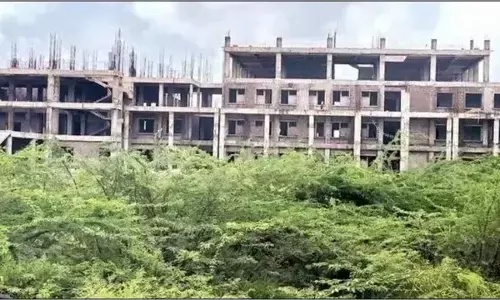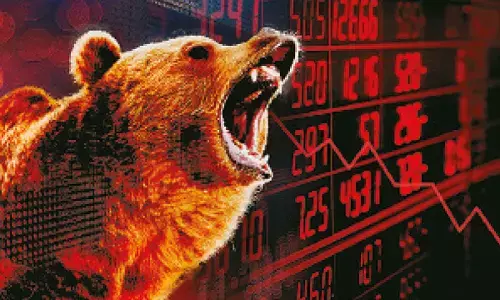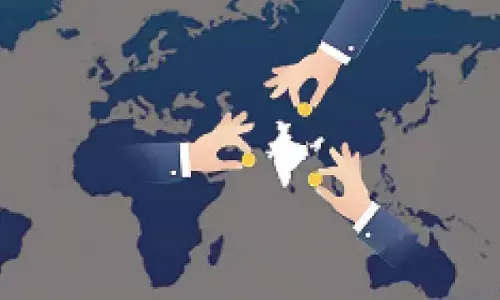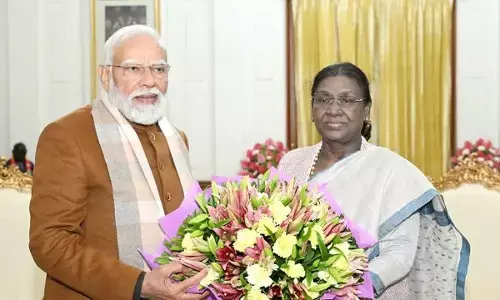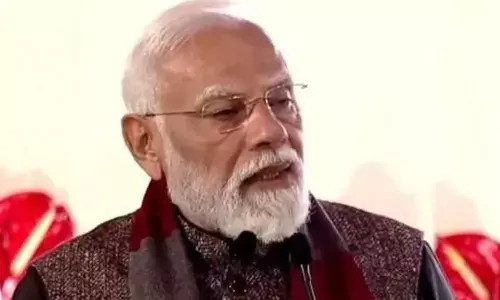The Normandy Format
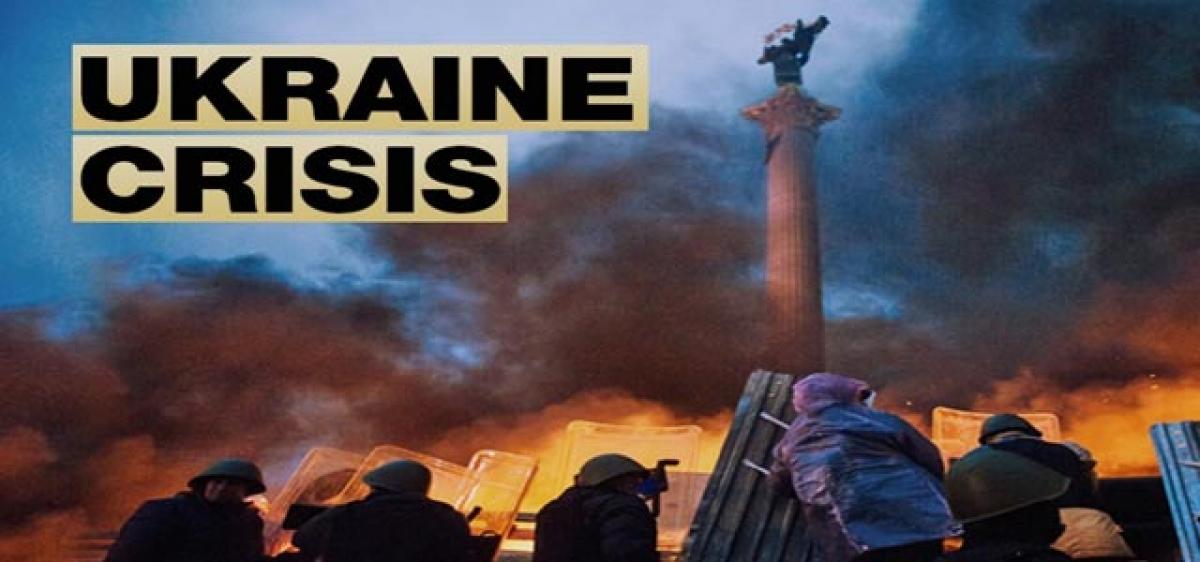
Russia\'s Foreign Ministry said on Friday it was preparing to take part in the Normandy format talks on Ukraine with other foreign ministries in Minsk on November 29. The Normandy format includes Germany, France, Russia and Ukraine.
Russia's Foreign Ministry said on Friday it was preparing to take part in the Normandy format talks on Ukraine with other foreign ministries in Minsk on November 29. The Normandy format includes Germany, France, Russia and Ukraine.
Normandy format, also known as the Normandy contact group, is a diplomatic group of senior representatives of the four countries (Germany, Russia, Ukraine and France) to resolve the situation in the East of Ukraine.
The War in Donbass is an armed conflict in the Donbass region of Ukraine. From the beginning of March 2014, protests by pro-Russian and anti-government groups took place in the Donetsk and Luhansk oblasts of Ukraine, together commonly called the "Donbass," in the aftermath of the 2014 Ukrainian revolution and the Euromaidan movement.
These demonstrations, which followed the annexation of Crimea by the Russian Federation, and which were part of a wider group of concurrent pro-Russian protests across southern and eastern Ukraine orchestrated by the Russian government, escalated into an armed conflict between the separatist forces of the self-declared Donetsk and Luhansk People's Republics (DPR and LPR respectively), and the Ukrainian government.
Prior to a change of the top leadership in August 2014, the separatists were largely led by Russian citizens. During the middle of 2014, Russian paramilitaries were reported to make up between 15% and 80% of the combatants, according to Wikipedia.
DPR and LPR insurgents regained much of the territory they had lost during the preceding government military offensive. A deal to establish a ceasefire, called the Minsk Protocol, was signed on 5th September 2014. The ceasefire completely collapsed in January 2015.
A new ceasefire, called Minsk II, was agreed to on 12 February 2015. Immediately following the signing of the agreement, separatist forces launched an offensive on Debaltseve and forced Ukrainian forces to withdraw from it. The area stayed a war zone, with dozens of soldiers and civilians killed each month.
A new ceasefire of 1st September 2016 reduced combat to armed incidents without deaths until 9 September, when Ukrainian authorities reported the death of a soldier. Russia believes its task is "to urge its Western partners who have an influence on Ukraine’s leaders to persuade Kiev to strictly comply with its obligations within the Minsk process."











